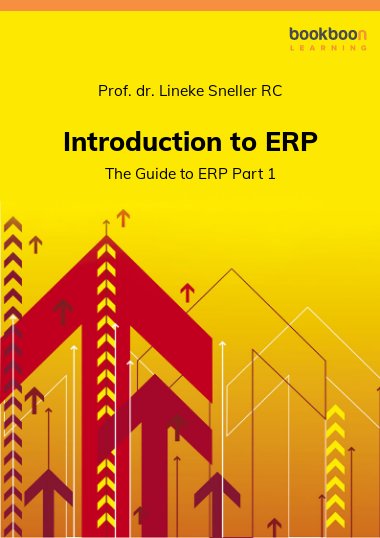One of the most influential IT developments in the past fifty years has been Enterprise Resource Planning, better known as ERP. This Guide to ERP is a book series aimed at managers and project leaders who work with ERP. The book series contains three parts. This first part is a general introduction. An overview is presented regarding the reasons why organisations apply ERP, and what they expect from their ERP systems. The extent to which these expectations are met is also discussed. The most important ERP suppliers are listed, and the technical foundation of ERP systems is explained for a non-technical audience.
About the Author
Prof. dr. Lineke Sneller RC is Professor of Internal Controls - IT Value at Nyenrode Business University. Her research interests include Enterprise Resource Planning and IT Governance. Her PhD dissertation was 'Does ERP add company value?'
In addition to her contributions to Nyenrode, Lineke is a Supervisory Board member at EY, ProRail, Infomedics and Van Wijnen. In the past fifteen years, she has also held several international CIO and Board positions.
Lineke has been project manager of an international ERP implementation. As a CIO, she has been responsible for several ERP systems.
